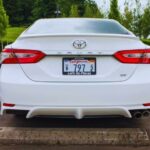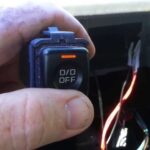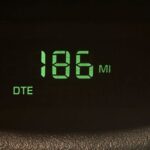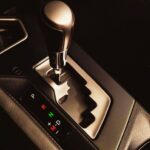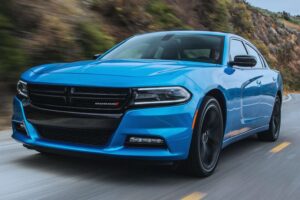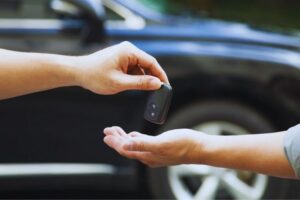A 2020 CarMax study revealed that of all the cars sold that year, 97% of them were automatic. Despite this, few drivers of automatic cars know what D3 means in their transmission. What does D3 mean in a car?
In an automatic car, the D3 in its transmission stands for Drive 3. This means that the third gear is engaged, and the transmission is locked in this gear. In other words, the transmission won’t shift to the other driving gears.
Aside from locking the automatic transmission to just the third gear, your car will only use the first three gear ratios of the transmission if you are in D3 mode. If it is not fully locked in third gear, the transmission will shift to a higher gear if the maximum RPM is reached.
Read on to learn more about the meaning of D3 in cars with automatic transmission, why it is there, and its many advantages.
What Does D3 Mean in a Car?
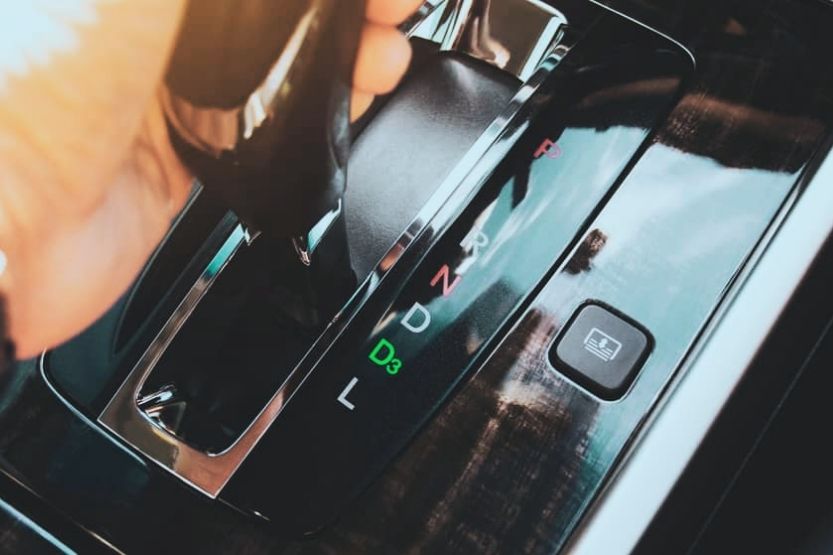
You will only see D3 in cars with automatic transmissions. It means Drive 3. When you put the gear selector to D3, you engage the third gear. It will also lock the transmission onto the third gear. This means your car’s automatic transmission won’t be able to shift to the other drive gears.
In some automatic cars, putting the gear selector into D3 will limit you only to the first three gear ratios of the transmission.
And just like the L and the 2, the transmission will shift to a higher gear if you have reached the maximum RPM. You will also be able to maximize the RPM range for each gear for the required pull and power.
Aside from D3, some automatic cars also have D2 and D4 indicated on their gear selectors. What does 2 mean in a car? D2 also refers to a drive mode. If you choose the D2 drive mode, you will be limited to just the first two gears of the transmission.
What Does D4 Mean in a Car?
Just like the D2 mode, D4 is also a drive mode. It is the normal driving mode of your car. When you put the gear selector to D4, your vehicle will automatically choose the best gear for your current acceleration and speed.
Going back to D3, you won’t be able to travel faster if you are in this drive mode. You are limited to just the first three gears of the transmission. This means you won’t be able to use the 4th, 5th, and succeeding higher transmission gears.
So, if you are driving on the highway, it is not wise to put your car in D3 driving mode. D3 is best used in specific driving environments where you want to get the most out of your vehicle.
In other words, you only choose to drive in D3 mode if there is a need for it. With that said, driving in D3 mode can save you money in the long term.
What Do LE and XLE Mean on a Car?
How to Use D3 Gear in Automatic Cars
It is not very difficult to use the D3 mode of your automatic car. There are only a few steps you need to take to put your car on this drive mode. Just follow these steps:
- Put your car key in the ignition and start up the engine. Your gear selector should be at ‘N’ or neutral.
- Now that the engine is running put the gear selector into D first. This is the drive mode of your car. Since your car is automatic, it will use the lowest possible gear that will provide high torque so that your car can move slowly.
- Proceed to drive your car and develop enough speed so you can shift the gears into D3. Usually, your vehicle should be running at 19 to 25 miles per hour (30 to 40 kilometers per hour) before you can shift the gears to D3.
- Once you attain enough speed, press the button on the gear selector to put your car into D3. If all goes well, your vehicle will be running on D3 mode. Car manufacturers provide a button on the gear selector so you can avoid shifting to D3 or a different gear number that can cause accidents.
- If you want to slow down, just put the gear selector back to D. If you want to put your car to D3 mode, you should gain enough speed first and then push the D3 button again.
When to Use D3
When your car is in D3 mode, you will not be able to access the higher gears of your automatic transmission.
You may be wondering: why should you limit yourself to just the three lower gears of your car? Some circumstances will make it a good idea to use the D3 mode of your car:
1. Driving Downhill
One of the primary reasons car manufacturers added the D3 mode in their cars is to make downhill driving easier and safer. D3 driving downhill will help you use engine breaking more effectively.
Engine breaking is 100% safe for your automatic powertrain with D3 driving mode. It will also prevent your car from running at high speeds as you go downhill. This system also restricts the flow of air in the intake manifold, which results in a high vacuum so your car can slow down.
2. Driving Uphill
By using the D3 mode as you drive uphill, your car will avoid slipping because the same gear is maintained as you go upward.
In contrast, you can lose traction in automatic gear changing, mainly when the transmission is at higher gears. But the D3 driving mode helps prevent this from happening since the transmission is stuck at 3rd gear.
3. Start-Stop Traffic
Driving in constant start-stop traffic, the D3 mode will make your driving experience less stressful and more pleasant. As your car is limited to just the first three gears, you will have a smoother ride and a more economical trip.
4. On Wet and Slippery Roads
Driving on wet and slippery roads is fraught with danger. Shifting your gears when the road is wet can cause your wheels to spin. You will lose control of your car because of the loss of traction on the pavement.
But if you push the D3 button of your car, the transmission will not be able to shift higher than the third gear. So it will be easier for you to maintain a slower and safer speed.
5. Towing
Driving in D3 mode will make towing a trailer very easy. The D3 mode helps with engine braking, making towing heavy objects doable and easier. So, if you are towing a trailer uphill or downhill, put your driving mode to D3, and your task will be easier and safer.
Again, what does the D3 mean? In an automatic transmission, D3 means Drive 3. This gear locks the third gear, so your car cannot automatically shift to other gears.
Advantages of Using the D3 Mode
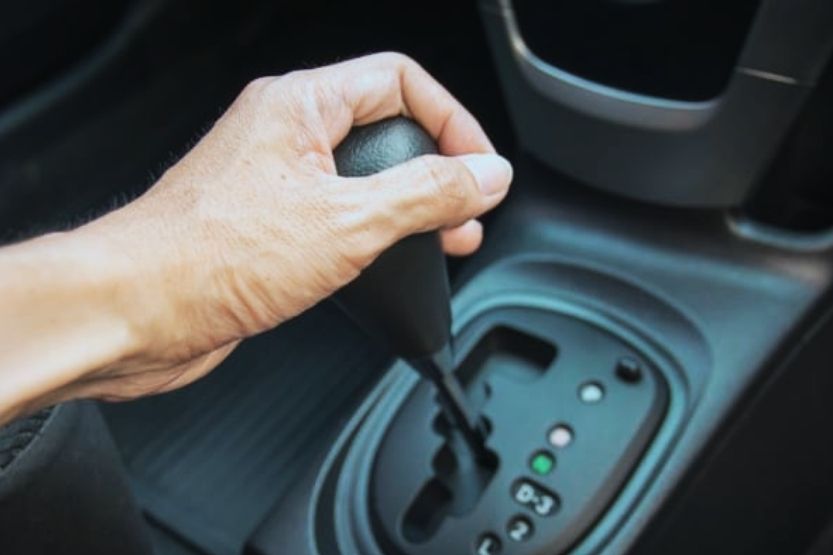
If you are so used to the convenience of your automatic transmission, you might be wondering: is there a reason for me to use the D3 mode?
You will never be able to enjoy the benefits of the D3 mode if you don’t know its advantages. The advantages of the D3 mode are the following:
1. Save Money on Maintenance
Shifting to D3 mode will result in the engine braking of your car. You don’t need to step on the brakes to slow down your descent on a downhill. So, you won’t use your brakes and thereby consume the brake pads extensively.
You don’t have to do hard braking when the road is too steep for your car to handle. That will extend the service life of your brake pads, so you don’t have to replace them more often.
You are not just saving money from buying new brake pads, but you are also saving money from the labor costs required to replace them.
2. Safety
You will have better control of your car if you put it in D3 drive mode. Your car will not slip into another lane when the road is wet and slippery – if your vehicle is set on D3.
Its engine braking system will enable you to maintain a safe speed level should you be required to step on the gas quickly.
The D3 mode will also prevent you from driving at very high speeds, lower the risk of slippage on wet pavements, and utilize engine braking effectively. So, as you drive from A to B, you enhance your overall control with D3 than in the D mode.
3. Better Throttle Response
When you drive in D3 mode, your car will experience an improved throttle response. You will notice this as you go in the city streets. You will get higher RPM at lower speeds when you are at third gear and step on the accelerator.
In addition, the D3 mode will make it easier for your car to get to a higher speed because it can rev higher RPMs at third gear before shifting to the next higher gear. This means quicker acceleration. And then, if you want to slow down, you can shift back to D.
This will enable your car to automatically choose the right gear according to your RPM and speed.
4. More Enjoyable Driving Experience
Some drivers like manual transmissions more than automatic transmissions. To them, manual is more challenging and, therefore, more interesting than automatic. So, D3 is a compromise between these two types of transmissions.
With D3, you can have the challenge provided by the manual transmission and the convenience and ease provided by the automatic transmission. D3 offers a more flexible driving experience to drivers. Rather than the boring PRND settings, with D3, you can choose to go ‘manual’ or fully automatic.
What Do D2 and D4 Mean?
Car manufacturers have produced different types of automatic cars. One of their primary differences is the type of automatic transmission they are equipped with. Automatic cars have the usual P, R, N, and D gear modes.
And then there are automatic cars with paddle shifters that function as virtual manual transmission gears. There are also automatic cars with different drive modes represented by the D2, D3, and D4 buttons. So, what is the meaning of the D2 drive mode?
D2 Drive Mode
What does 2 mean in a car? Like the D3 drive mode, the D2 drive mode limits your automatic transmission to just the first two gears of your transmission. In D2 drive mode, your car will maximize the RPM of each gear to get the required pull from your engine.
This D2 drive mode becomes useful when the normal D drive mode of your automatic transmission is experiencing some mechanical problems that prevent it from shifting automatically.
You can put the drive mode into D2 to still drive your car. Then you can drive it like a manual car but only limited to the two lowest gears.
D4 Drive Mode
What does D4 mean in a car? The D4 drive mode is what you are using when usually driving your automatic car.
In other words, this is the drive mode of your car in your normal driving conditions. The car’s transmission system automatically chooses the suitable gear for your current acceleration and speed.
You will also notice that when you are in D drive mode, the transmission shifts up at higher speeds if the car engine is cold. This setup enables the engine to warm up faster. When you are in D drive mode, your car will access all the gears available in the transmission system.
D4 is most suitable when you are driving on a highway. This drive mode will enable you to attain higher speeds than in D3 since you can access all the gears in the transmission.
When driving in normal conditions, D4 is the drive mode that is the most convenient. It’s the transmission mode you should use whether you are driving on a highway or city streets under normal conditions.
Frequently Asked Questions
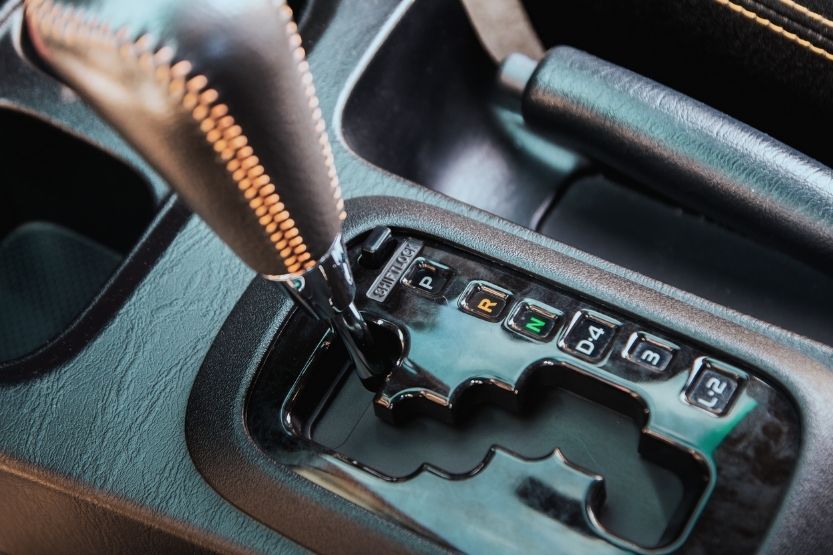
If this is the first time you have learned about the D3 drive mode, reading the answers to the most often asked questions will help you understand it better:
What Does D3 Mean in a Car?
You will only see D3 in cars with automatic transmissions. So, when you see it in an automatic car, it means Drive 3. More likely, it is indicated in a button. The automatic transmission is locked in the third gear when that button is pushed.
This means you won’t be able to shift automatically to the higher gears. In most automatic cars, when you are in Drive 3 or D3, you will have only have access to the three lowest gears.
The gears will also shift higher if their maximum RPM is reached. This drive mode also maximizes the RPM range for each gear for the required pull and power.
Will Driving on D3 Make My Car Go Faster?
No, driving while your transmission is in D3 will not make your car go faster. You are limited to just the first three gears of your transmission.
So, you will not be able to access the higher gears that are commonly used to make cars go faster. However, you will be able to drive your car more efficiently in certain conditions.
Can I Use D3 on the Highway?
It is not safe to use D3 on the highway. Since you are limited to just the three lowest gears in your transmission, you can’t drive fast enough to blend with the speed level required on the highway. So, you will be a nuisance to the other drivers who are driving at faster speeds on the freeway.
When Should I Use D3?
You can use the D3 drive mode on city streets with speed limits of about 38 miles per hour (60 kilometers per hour).
D3 is also best used in start-stop traffic conditions, uphill and downhill driving, towing a trailer, and wet and slippery driving conditions. Driving in lower gears is ideal for these driving conditions.
Are All Automatic Cars Equipped with the D3 Driving Mode?
No, not all automatic cars come with the D3 driving mode. Some automatic cars are fitted with S mode instead, while some are equipped with paddle shifters located behind the steering wheel, one at the left and one at the right.
Can You Shift to D3 on the Fly?
Yes, you can shift to D3 while your car is running. However, the impact will vary according to the type of your car.
Current models of automatic cars will transition smoothly from D to D3 because of their digitalized systems. Older car models will slow down first to match the revolutions of the chosen gear.
What Are the Benefits of Driving in D3?
One of the primary benefits is lower maintenance costs. With D3, you are using engine braking effectively. So you don’t have to press on the brakes when your car is going downhill or climbing uphill. This will save you the cost of replacing brake pads and the labor cost that goes with it.
Other benefits to using D3 include improved throttle response and a safer and more enjoyable driving experience.
Conclusion: What Is the Meaning of D3 in My Car?
The D3 in the transmission of an automatic car means Drive 3. So, if you put the gear selector to D3, you are engaging the third gear and locking the transmission onto it. Your car’s automatic transmission won’t shift to the other driving gears.
The D3 drive mode is very effective if you are going downhill. With D3 engaged, you don’t need to step on the brakes since engine braking will occur. As a result, your brake pads will last longer. That means lower maintenance costs.
Read next:
How to Rev a Car Engine [Automatic and Manual]
What Does O/D Off Mean in a Car?

